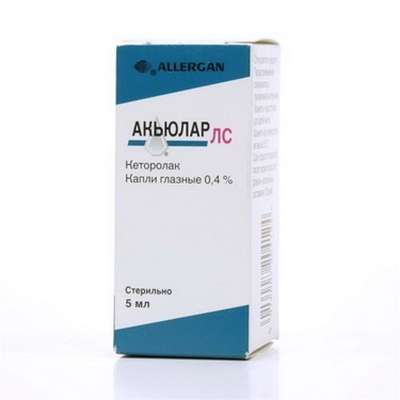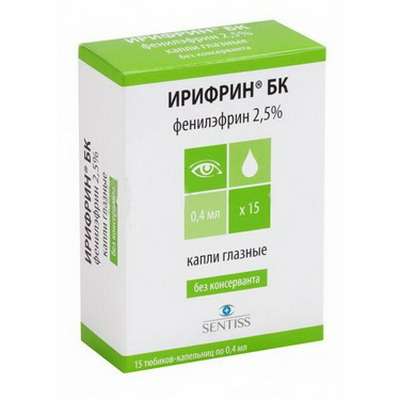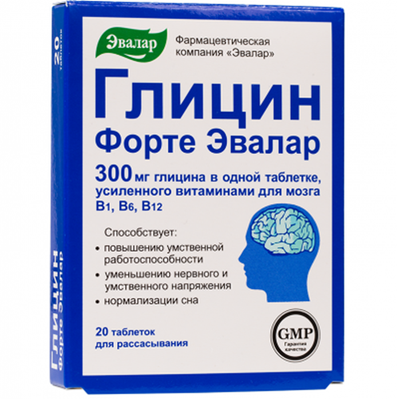Difference between growth hormone and IGF-1
20 May 2017
Growth hormone affects the synthesis of protein and the growth of muscle fibers (as well as ligaments, cartilage, bone tissue, internal organs) indirectly. But - all through the same insulin-like growth factor, synthesized under the influence of GH in the liver. Is it identical to the effect of that recombinant IGF-1, which we introduce into the body from the outside - a big question. Probably not. Is the liver-synthesized IGF-1 identical in effect to the growth factor that is formed in the muscle cells, is also a question. And the answer to it, too, is likely to be negative. Growth hormone can prolong the half-life of IGF-1, but is this really necessary in the case of the already long-lived Long R3 IGF-1, at least when it comes to levying muscle mass (we already talked about fat burning somewhat higher) ? Perhaps prolonging the half-life of the insulin-like growth factor beyond the necessary measure promises more negative prospects in this regard than positive ones, which is confirmed by practice, by the way.
Insulin-like growth factor can be used in itself (although the growth rates of muscle mass under the influence of IGF-1 lie in a very wide range - from completely insignificant to outstanding, and this is the "dry" muscle mass), and growth hormone requires Effective work of androgen application. On the other hand, the growth rates of muscle mass under the influence of a combination of androgens and growth hormone are much more stable. By the way, a recent experiment, the results of which are set forth in the article "Geriatric Growth Hormone Interventions Not Ready for Clinical Use," showed that older people can achieve muscle growth (up to 3 kg in 26 Weeks) and with the use of growth hormone "solo". But the age of the participants in the experiment was 65-88 years, that is, the secretion of their own GR in each of them was much lower than normal.
Joint use of growth hormone and IGF-1:
Growth hormone can reduce insulin activity. This is a kind of protective mechanism that prevents the onset of hypoglycemic coma; Everyone knows that with a drop in blood sugar (which occurs, including during training with weights), the secretion of growth hormone increases. In addition to reducing insulin activity, growth hormone helps release glycogen from the liver. It should be remembered that IGF-1 has the ability to block the transport of glucose through cell membranes.
From this it can be concluded that the combined growth hormone and IGF-1, in addition to enhancing the fat burning process, can increase blood sugar levels (this leads to increased fatigue) and lower glycogen levels in muscles and liver (the first leads to visual reduction of muscles, Loss of their volume, the second - to reduce the endurance in training). All this is confirmed by practice. Thus, the joint use of growth hormone and insulin-like growth factor entails the mandatory use of insulin (at least 2-3 times a week).
It is clear that all this relates to the period of recruitment of muscle mass. Although, from my point of view, during this period, the use of IGF-1 in conjunction with growth hormone in general can not be considered justified. As for the pre-competitive period, especially those of its moments when the calorie content of the diet is significantly reduced, the joint daily use of growth hormone and insulin-like growth factor is more than desirable - it helps not only to save muscle mass from the "collapse", but also to gain even a little of it. The combined use of growth hormone and IGF-1 is the ideal solution to maintain a good shape between competitions.
Genetic and age factors:
Not at all, exogenous growth hormone and IGF-1 (in particular, Long R3 IGF-1) act in the same way. There are people who practically do not notice the introduction of both drugs from the outside, while for others they give significant increases in strength and weight or have a significant fat burning effect. Apparently, the point here is in the genetic differences that have not been fully studied. It can also be argued that exposure to exogenous growth hormone on the body significantly increases with age.
As for the exogenous IGF-1, then, as I have already mentioned, recombinant Long R3 IGF-1 is not identical in its effect on the human body to either IGF-1, which is synthesized in muscles, nor that produced in the liver. In practice, this means that the question of the utility of exogenous IGF-1 for a particular athlete should be treated strictly individually.
HGH, insulin and triiodothyronine:
It is often considered necessary to use insulin growth hormone together with hormone. The origins of this trend are clear - they are based on the ability of growth hormone to lower the activity of insulin. But I will point out again what is given in the footnote, and what you could not pay attention to: in conditions of high caloric intake (and the joint use of growth hormone and insulin is typical for such periods), growth hormone can provoke a greater release of insulin. Together with insulin injected from the outside, this can lead to hyperinsulinemia and, ultimately, to a heart attack. The best way is injecting growth hormone 4 times a week (say, Tuesday, Thursday, Saturday, Sunday) and insulin on other days (in our example it will be Monday, Wednesday and Friday).

 Cart
Cart





